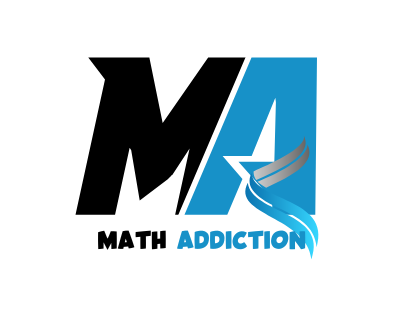Trigonometry is important for students because it has numerous real-world applications in fields like engineering, physics, architecture, navigation, and more. It helps in solving problems related to angles, distances and shapes, making it a fundamental part of mathematics education. Additionally, mastering trigonometry can enhance problem-solving skills and critical thinking abilities.

Table of Contents
What is Trigonometry?
Trigonometry is a branch of mathematics that deals with the relationships between angles and sides of triangles and with the relevant functions of any angles. It explores the properties and functions of angles, typically in the context of right triangles.
Key concepts in trigonometry include sine, cosine, tangent, cotangent, secant, cosecant functions, which relate the angles of a triangle to the lengths of its sides. These functions help solve problems involving angles and distances, such as finding the height of a tree using shadow lengths, determining distances across bodies of water using angles of elevation, or calculating forces in engineering and physics.
Why Trigonometry is Important for Students?
Trigonometry skills play an important role in a wide variety of careers, including architecture and engineering. Because of this, it’s important for students that are interested in the scientific or engineering fields to understand trigonometry.
Trigonometry holds a profound significance for students due to its multifaceted applications and foundational role in various academic disciplines and real-world scenarios. At its core, trigonometry provides a structured framework for understanding the relationship between angles and sides in geometric figures, particularly triangles. This understanding extents far beyond the classroom, finding practical utility in fields such as engineering, physics, architecture, astronomy, and medicine.
Uses of Trigonometry in Our Daily Life
Trigonometry and its functions have an enormous number of uses in our daily life. For instance, it is used in geography to measure the distance between landmarks, in astronomy to measure the distance of nearby stars and also in the satellite navigation system.
Real Life Applications of Trigonometry
Trigonometry finds practical applications in architecture for designing structures, navigation for determining distances and directions, engineering for analyzing forces and designing circuits, physics for studying motion and waves, surveying for mapping land accurately, computer graphics for rendering 3D objects realistically, and seismology for analyzing seismic waves and locating earthquakes.
Importance of Trigonometry
Trigonometry serves as a bridge between geometry and algebra, providing a framework for understanding spatial relationships and periodic phenomena . Its applications range from designing roller coasters and analyzing sound waves to predicting planetary motion and determining distances in surveying. Trigonometry enables precise measurements, accurate calculations, and problem-solving across diverse fields, making it indispensable in both theoretical and practical contexts.
Recommended Reading
Trigonometry Formulas for SSC CGL 2024- (With Solved Previous Year Questions).
Basic Trigonometry Formulas for Beginners in 2024- Definition, Table, all Important Formulas & FAQs.
Frequently Asked Questions
Q1 What is Trigonometry?
Trigonometry is the branch of mathematics concerned with specific functions of angles and their application to calculations. Hence, it helps to find the missing or unknown angles or sides of a right triangle using the trigonometric formulas, and trigonometric identities.
Q2 Who is the father of trigonometry?
The father of trigonometry is Hipparchus.
Q3 How trigonometry works?
Trigonometry works by using ratios of the lengths of the sides of a right triangle to solve for unknown angles or side lengths. The primary trigonometric functions (sine, cosine, and tangent) relate the angles of a right triangle to the ratios of its sides.
Q4 What are trigonometric functions?
Trigonometric functions, such as sine, cosine, and tangent, relate the angles of a triangle to its lengths of its sides.
Q5 What is right triangle in trigonometry?
A right triangle is a triangle that contains a 90-degree angle (a right angle). Trigonometric functions are often applied to right triangles to solve for unknown angles or side lengths.
Q6 What is trigonometric identities?
Trigonometric identities are equalities that involve trigonometric functions and are true for every value of the occurring variables for which both sides of the equality are defined.
Q7 What are the importance of trigonometry?
Trigonometry skills play an important role in a wide variety of careers, including architecture, engineering, satellite navigation, oceanography, and seismology,
